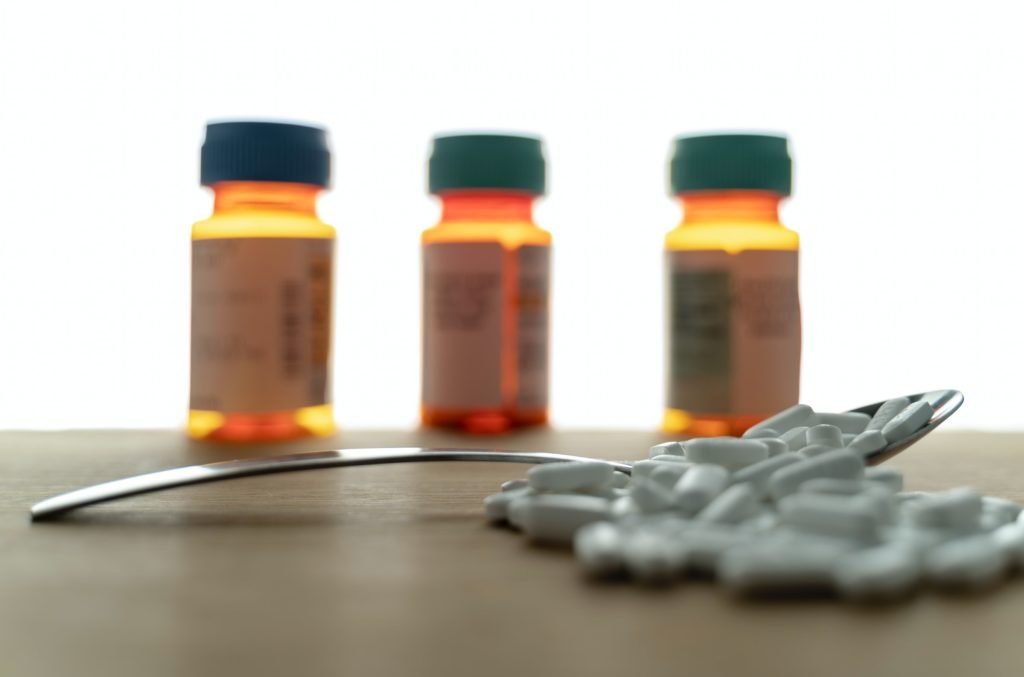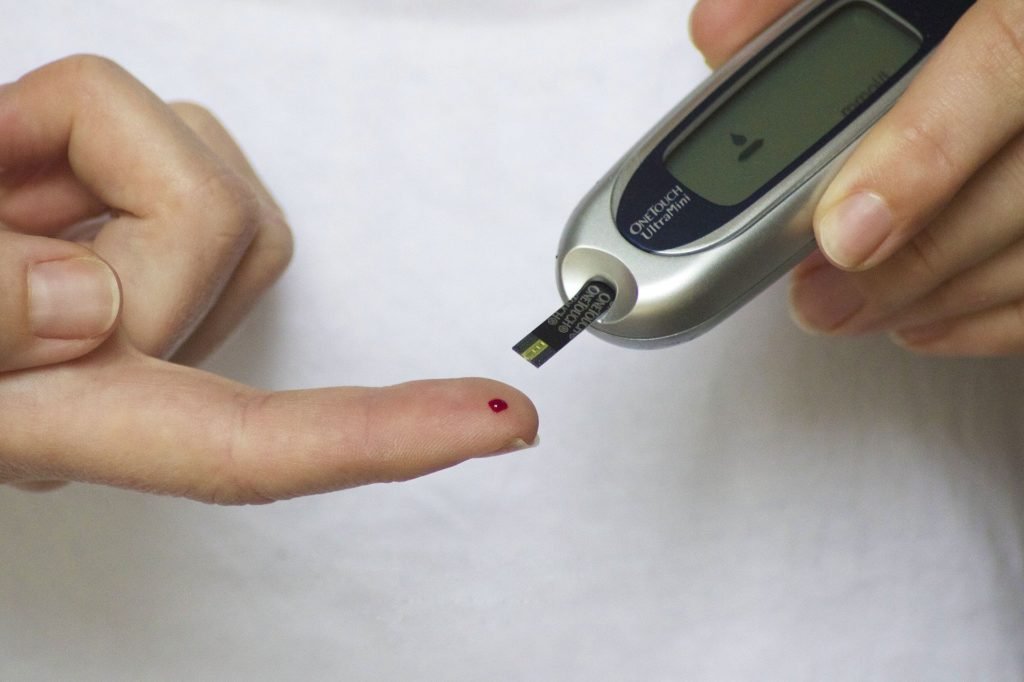Many people seek acupuncture when they have had enough of Western medicine and
want a fresh, more natural approach to health and wellbeing without the harmful effects
of medications. Perhaps you are one of them.
Many give up and choose to live with discomfort or health conditions. While this may
appear to be your only option, take a moment to explore acupunctures.com.au.
Acupuncture, a traditional Chinese Medicine (TCM), includes much more than just
needles. Acupuncturists also provide needle-free therapy methods. They treat patients
holistically, using herbs, bodywork therapy, and other techniques.
However, the primary technique uses tiny, painless needles to treat different types of
physical imbalances, pain, and even the mind, such as anxiety and sleep disorders.
We’ll delve into this old and modern discipline, which has been practiced millennia and
incorporates current science and methodologies.
So let’s get this party started:
What exactly is acupuncture?
Acupuncture is an alternative medicine treatment involving very tiny needles to
stimulate specific spots on the body. This helps relieve pain and treat numerous health
disorders by restoring balance to the body and good functioning to all your organs and
systems.
Acupuncture has been shown in several trials to help treat diseases such as pain and
nausea. These trials, all of which were included in the meta-analysis published in the
Archives of Internal Medicine, examined over 18,000 patients and discovered that
acupuncture is an effective treatment for chronic pain. As a result of these studies, most
doctors will readily recommend acupuncture as a viable therapy option, which is
frequently reimbursed by health insurance.
Acupuncture is a critical component of Traditional Chinese Medicine. Chinese
acupuncture is not founded on scientific understanding, which casts doubt on its
efficacy for some, but those who use it experience considerable relief.
There are several acupuncture theories based on various techniques and ideologies. And
how common the practice is, or how particular popular theories are, varies by nation.
The Traditional Chinese technique is the most often employed method in the United
States.
What is the process of acupuncture?
Acupuncture promotes self-healing by enhancing the body’s natural processes, claims
the UC San Diego Center for Integrative Medicine. Acupoints sometimes referred to as
acupuncture points, are stimulated to accomplish this.
While using a tiny needle is the most typical way to accomplish this, there are different
acupoint stimulation approaches, including:
Massage technique
Therapy with heat cups
the use of topical herbs
the use of salves
According to Traditional Chinese Medicine, acupuncture balances the yin and yang
energy in the body. The body is healthy when things are in balance. However, the qi’s
flow can get obstructed, resulting in health issues, including discomfort or disease.
Remove the obstruction and promote the body’s innate ability to recover; acupuncture is
performed.
What is acupuncture’s past?
Oxford Academic claims that acupuncture has been a kind of therapy since the
beginning of time. Sharpened stones found in China dating back to 6000 BC are thought
to have been acupuncture treatment tools at the time. Traditional acupuncture is based
on a system of meridians, as described in documents found in a Chinese tomb sealed in
198 BC.
“The Yellow Emperor’s Classic of Internal Medicine,” written around 100 BC, is the
earliest book to mention utilizing acupuncture as a therapy explicitly. The book is
believed to contain a compilation of customs passed down through the ages. The idea of
meridians—pathways through which energy travels—was already well-established, but
the precise anatomical locations for acupuncture took longer to develop.
Along with heat, herbs, and massage, acupuncture eventually started to be utilized as
regular therapy in China. Today’s acupuncture points are shown on Chinese sculptures
from the fourteenth century. The Ming Dynasty, which lasted from 1368 to 1644, saw
the publication of the first collection of acupuncture texts, The Great Compendium of
Acupuncture and Moxibustion. The list of all 365 acupoints where needles can be put to
alter energy flow is precisely described.
Because acupuncture was perceived as superstitious, interest in it started to wane in
China in the seventeenth century. However, researchers and healers continued to be
interested in the expertise. Acupuncture was banned in China by 1929 due to the
growing popularity of Western medicine. It was eventually reestablished, maybe because
it was the only practical method to give the expanding population even the most
fundamental medical treatment.
In China, constructed acupuncture research facilities throughout the 1950s, and
hospitals with a Western aesthetic added treatment divisions. We conducted More
acupuncture research simultaneously to investigate its scientific basis.
At different points over the years, acupuncture expanded to other nations. A European
physician produced the first medical description in about 1680. Beginning in the first
decade of the nineteenth-century interest grew both in America and England.
When the National Institutes of Health concluded that there was good scientific
evidence supporting acupuncture’s efficacy in some illnesses, it attained the level of
acceptance it enjoys today in America.
Acupuncture has been demonstrated to be beneficial for conditions like:
mental health issues
Immune and endocrine system issues
Heart issues
Pain Restlessness
digestive process
the general feeling of wellbeing
What does science have to say about acupuncture’s efficacy?
The National Institutes of Health reports that research indicates acupuncture can
reduce both joint and persistent pain, including:
headaches with tension
head pain from migraines
a lower back ache
a sore neck
Knee ache


